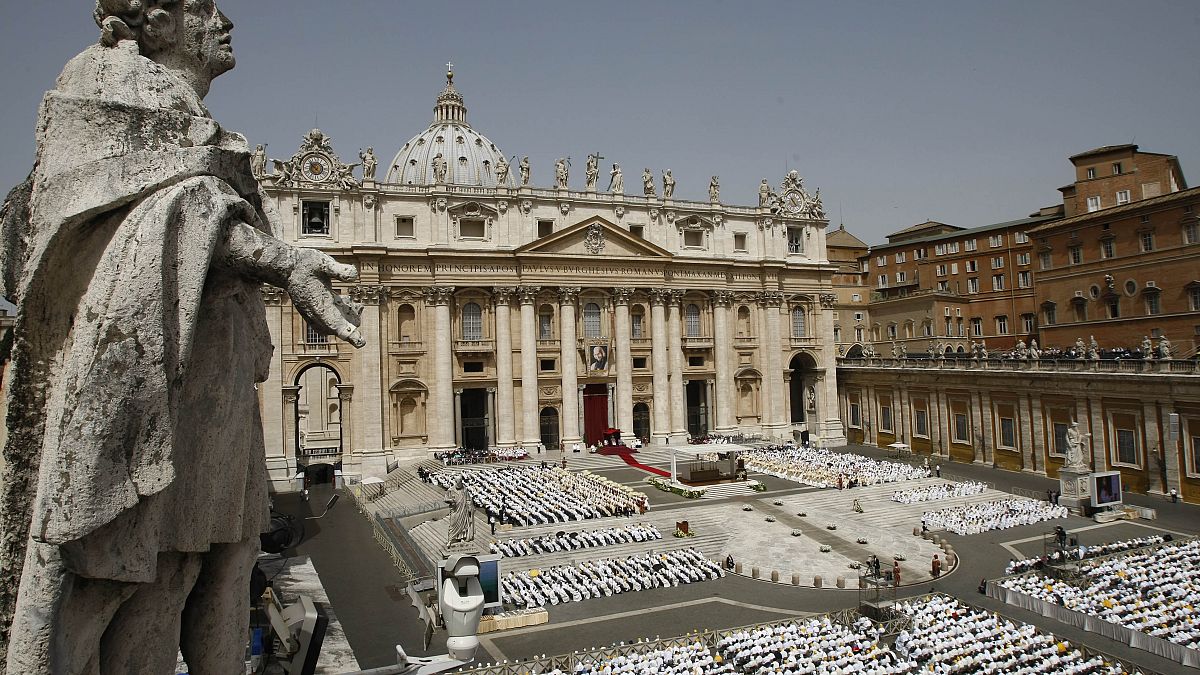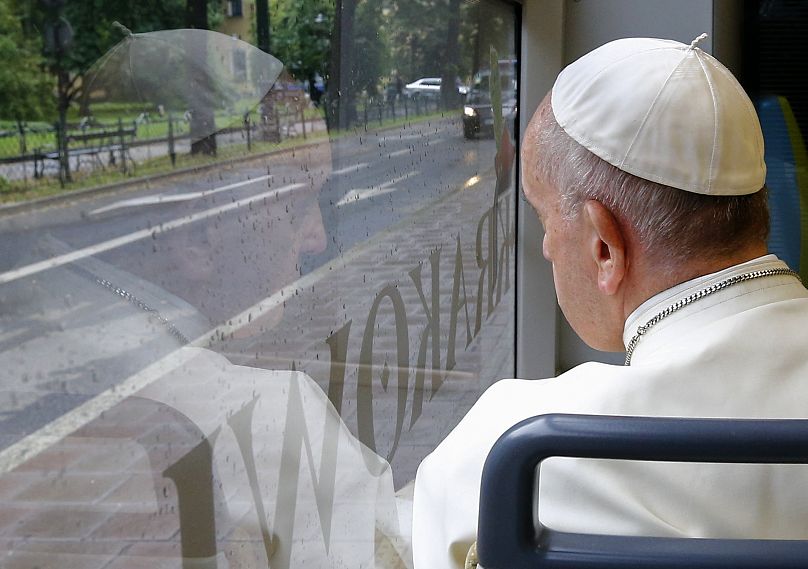On the 5th of June, the new Apostolic Constitution will enter into effect: for the first time, lay persons, including women, will be able to preside over the ministers of the Roman Curia.
A new 'Apostolic Constitution' published by the Holy See on March 19 will come into effect on Sunday, replacing John Paul II's 'Pastor Bonus', which has been in force since 1989.
The new Constitution is partly a continuation of decisions taken during the Second Vatican Council, which ran from October 1962 to December 1965, during which those present highlighted the urgent need to bring faith and real life closer together.
But it is also the fruit of nine years of Pope Francis's pontificate: an ongoing effort to streamline the structure of the Church, purge it of corrupt elements and, as the name suggests, bring it closer to those most in need.
The Apostolic Constitution
The most revolutionary novelty lies in the opening-up of the dicasteries and organs of the Curia to ordinary people, including women. This was a change announced some time ago. But if it actually comes to pass it will represent a momentous change to the Holy See.
The second most important change is the establishment of a 'dicastery of evangelization', presided over by the Pope, which will replace the Congregation for the Doctrine of the Faith.
This is a symbolic choice and a sign of the primary role entrusted to the spread of the Gospel to the disciples. "It is the task that the Lord Jesus entrusted to his disciples," the preamble to the new Constitution states.
"This mandate constitutes the first service that the Church can render to each person and to all humanity in today's world."
The new constitution also places the Pontifical Commission for the Protection of Minors within the dicastery for the Doctrine of the Faith. It comes a few months after the scandal of nearly 500 abuses committed in the Diocese of Munich, for which former pontiff Joseph Ratzinger was forced to ask forgiveness.
Last year, a report by the Independent Commission on Child Sexual Abuse in the French Church (Ciase), the result of more than two and a half years of investigation, also caused uproar. It counted 216,000 victims of some 3,000 Catholic priests and religious from 1950 to 2019. This, too, could be an incomplete list.
In addition to the Ministry of Evangelization, the new constitution establishes a Dicastery for the Service of Charity, third in the hierarchy of dicasteries, replacing the old Apostolic Elemosinery.
"The dicastery," it states, "shall exercise in any part of the world the work of assistance and help towards them in the name of the Roman Pontiff, who in cases of particular indigence or other necessity, shall personally dispose of the aid to be given." In short, it will be in charge of managing the Holy See's funds, including the St. Peter's Obolus: the cash offering made by the faithful.
It recently emerged that some 160 million euros had been taken for this fund for the purchase of a property in London, raising questions about the Holy See's financial management. As a result of the scandal, for the first time a cardinal, Angelo Becciu, was tried in a lay court, charged with embezzlement and abuse of office in the Secretariat of State.
Before that, there was the scandal of cardinal George Pell, who had to leave the leadership of the Ministry of Economy over allegations of sexual abuse.
Corruption, abuse and behavior contrary to the principles of the Gospel have been in Francis's crosshairs ever since he took office at the Vatican. There have been significant reforms to canon law aimed at toughening penalties and broadening what can be considered offences.
Another change the Constitution ushers in is an end to congregations and councils, clearing the way for the dicasteries to operate alone: 16 in total and apparently all with equal legal importance.
Article 12 of the Constitution states that The Roman Curia is composed of the Secretariat of State, the dicasteries and the bodies, "all of which are legally equal." So, no longer the two sections of the Secretariat of State, nine congregations and the 12 Pontifical Councils that were present when Pope Francis took office.
This is the fifth time in 500 years that the Roman Curia, the Holy See's governing body, is being reformed: a mammoth task requested by the cardinals in March 2013, to which Pope Francis has dedicated himself from the first day of his inauguration.
It describes the involvement of lay individuals as "indispensable," because of the added value they can give to the Church from having more direct knowledge of society to the spread of gospel values.
The vocation crisis
Some also read this openness as a consequence of the vocation crisis that the church has been suffering in recent years, with fewer and fewer people taking the path to become priests.
"The connection is relative," Fr. Enrico Castagna, rector of the Seminary of the Diocese of Milan, told Euronews. "The Second Vatican Council gives us a Church understood as communion, in which the lay person does not serve to fill the holes that remain empty, but rather brings a value that remains so regardless."
The Archdiocese of Milan, the most populous in Europe with 5.1 million baptized, is a good litmus test. While the number of faithful has grown by nearly a million since 1970, the number of priests has decreased by 30 percent.
In 2012 there were 157 seminarians; now there are 106. COVID accelerated this process: on average 20 seminarians a year were entering before the pandemic, dropping to 10 after the lockdowns.
However, Castagna added, "Proselytizing should not be done. On the contrary, an attractive dynamic is needed, a vibrant community that somehow attracts, shows the beauty of a life around the Gospel."
In this respect, he says, Pope Francis has played a fundamental role: "He based his path on the Second Vatican Council. He has continued in this luminous wake. But with even more vigour. It is said that it takes decades to implement the principles of a Council. Here, the Apostolic Constitution is a fundamental step."
It is a step that comes after years of commitment to Church reform by Pope Francis, from both a theoretical and practical point of view, and could represent a decisive turning point in the Holy See's ordering.

